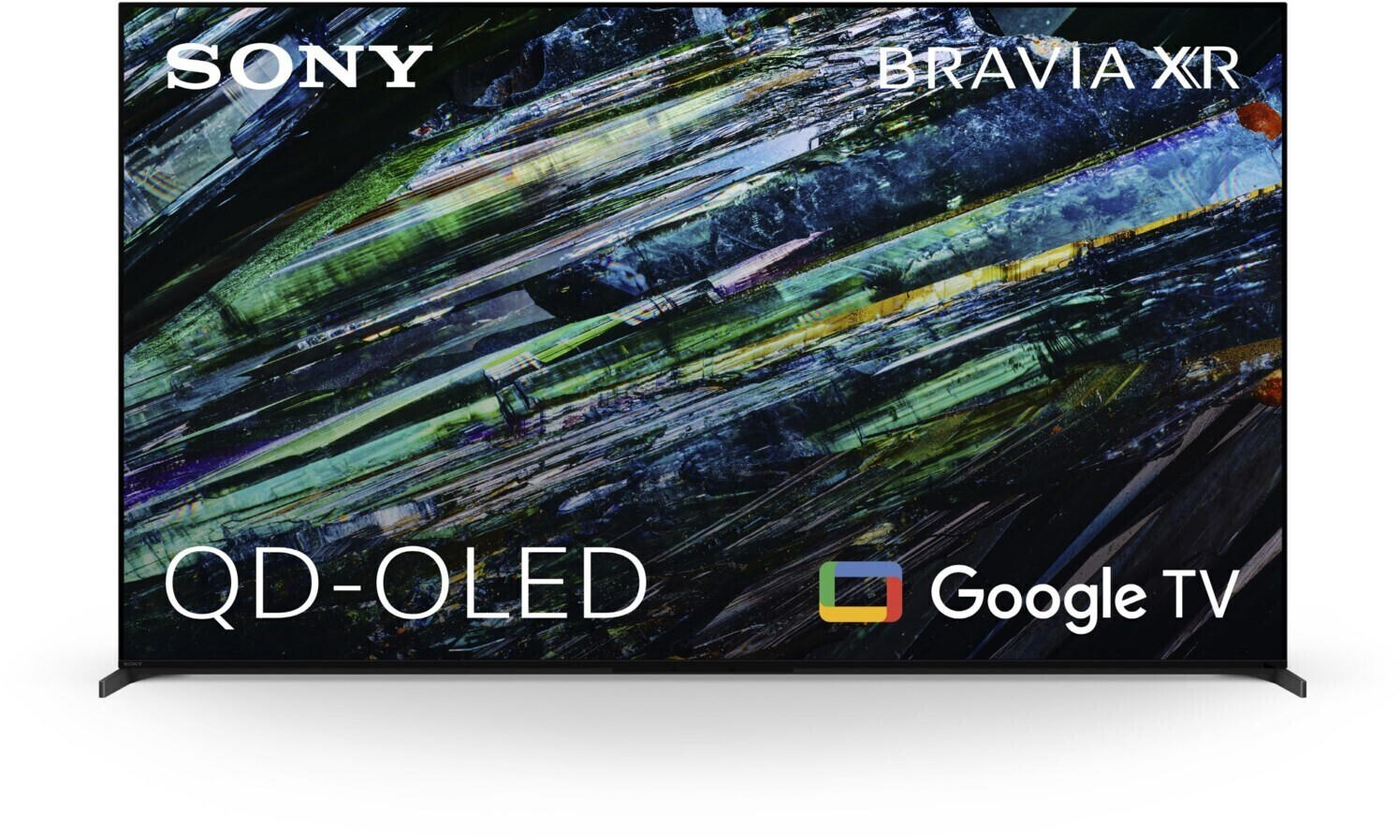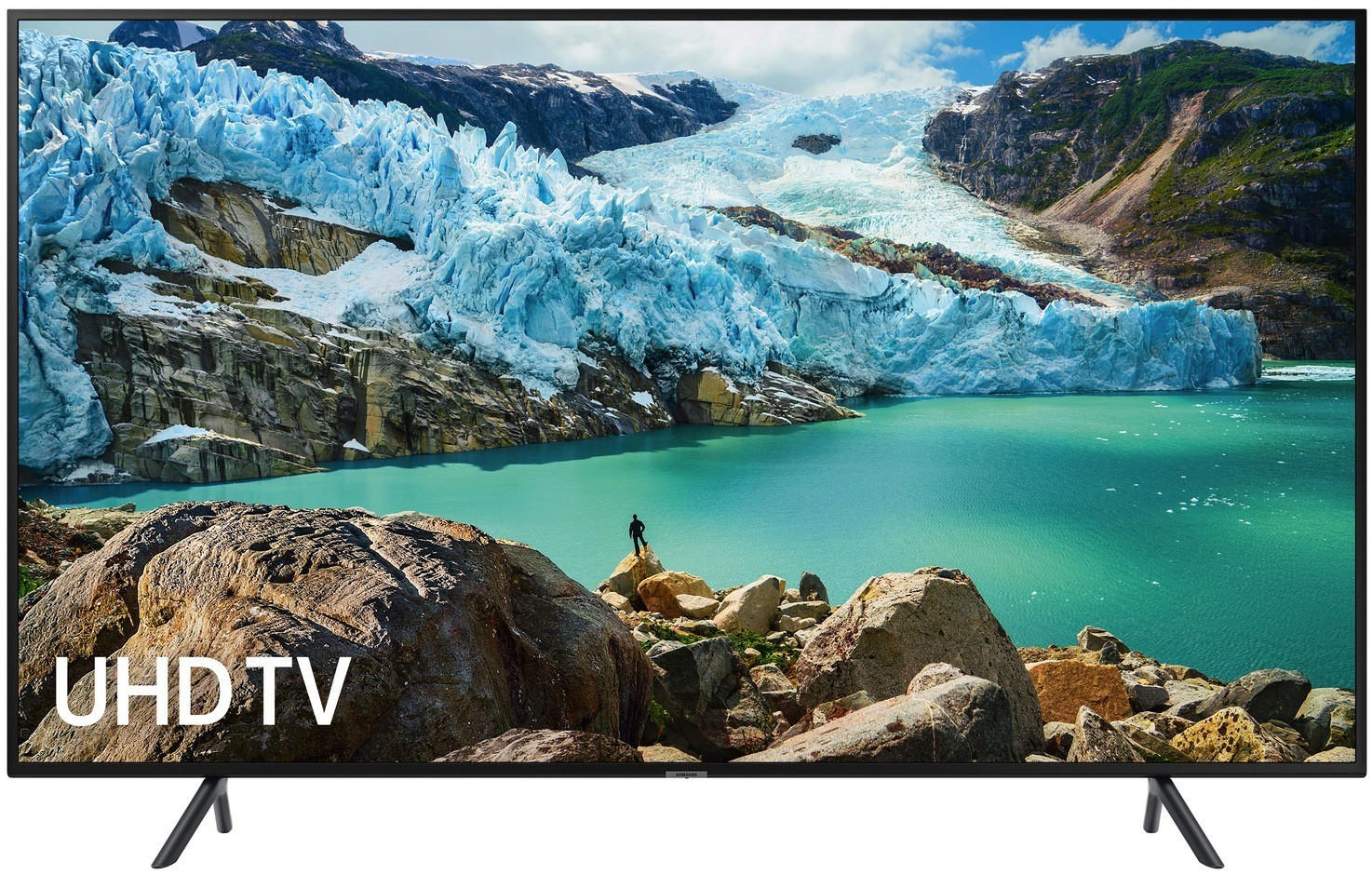TVs Guide
Screen size
The ideal screen size depends on the viewing distance, room size, and personal preference. It is important to ensure that the TV screen is large enough to enjoy the content but not too large that it becomes overwhelming. For smaller spaces or viewing distances, a 40-55 inch screen size would be suitable. Some excellent options in this size range include the Samsung QN43Q60RAFXZA, which features a 43-inch 4K UHD display for stunning clarity and vibrant colors. Another great choice is the LG 49UM7300PUA, offering a 49-inch display with AI ThinQ technology and support for HDR content. For larger rooms or greater viewing distances, a screen size exceeding 55 inches would be more appropriate. Models like the Sony XBR75X950G with its massive 75-inch display and 4K HDR processor deliver a truly immersive viewing experience.
Display technology (LCD, LED, OLED, QLED)
Some popular display technologies available are LCD, LED, OLED, and QLED. LCD TVs use liquid crystal technology to display images. They are known for their vibrant colors and affordability. If you are looking for a good LCD TV, the 'TCL 4-Series' is a great option, offering stunning picture quality with its 4K ultra HD display.
LED TVs, on the other hand, utilize LED backlighting for improved contrast and brightness. The 'Sony X800H' is a noteworthy LED TV choice, offering a 4K HDR picture with accurate colors and fantastic motion handling.
OLED TVs stand out for their exceptional black levels and contrast, thanks to each pixel being individually lit. The 'LG CX' is a top-tier OLED TV, featuring a self-lit OLED panel, perfect blacks, and an incredible color reproduction, providing an immersive viewing experience.
QLED TVs use quantum dot technology to enhance color and brightness. The 'Samsung Q80T' is an exceptional QLED TV, offering impressive color accuracy and a vibrant picture with 4K resolution.
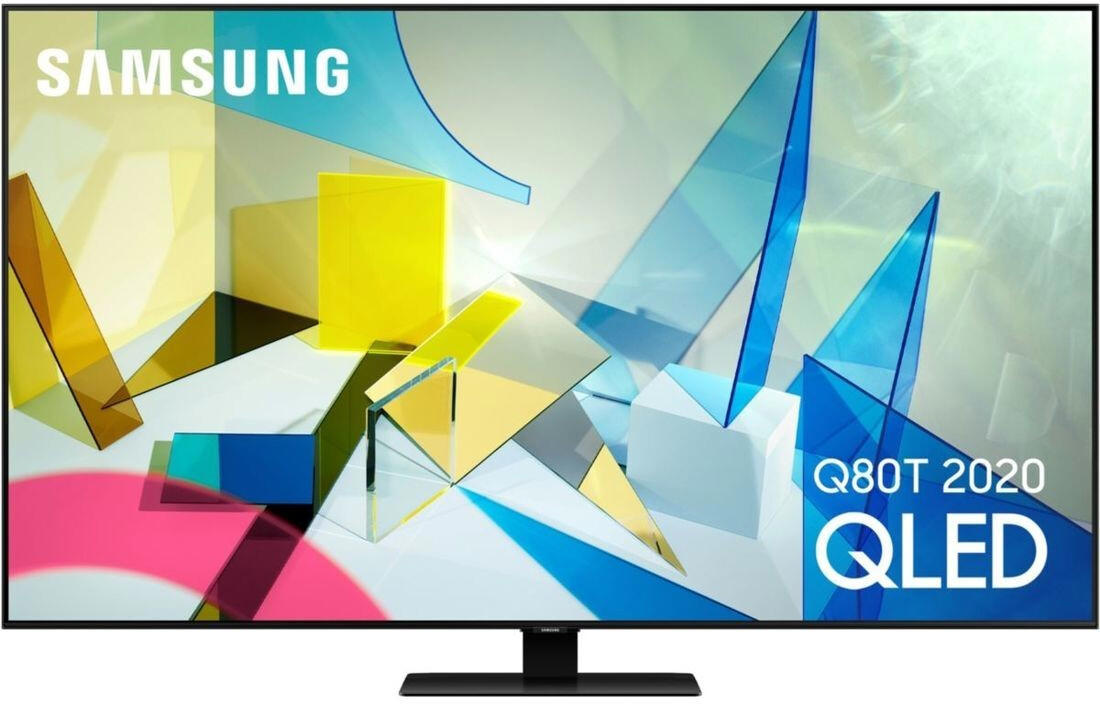
It's important to understand the difference between these display technologies when making a purchase as they can greatly affect the visual quality and overall performance of your TV. Each technology has its advantages, so consider your viewing preferences and budget before making a decision.
Resolution (Full HD, 4K, 8K)
Resolution refers to the number of pixels displayed on the screen and determines the clarity and sharpness of the image. The most common resolutions available today in the market are Full HD (1920 x 1080 pixels), 4K Ultra HD (3840 x 2160 pixels), and 8K Ultra HD (7680 x 4320 pixels).
For those looking for a budget-friendly option that still delivers impressive picture quality, Full HD TVs are a great choice. The TCL 40S325 is a popular Full HD TV that offers a resolution of 1920 x 1080 pixels, allowing for clear and detailed images. It comes in a 40-inch size and has built-in Roku for easy streaming.
For a step up in resolution, 4K Ultra HD TVs provide breathtaking picture quality with four times the number of pixels as Full HD. The Sony X800H is a top pick in the 4K category, featuring a resolution of 3840 x 2160 pixels. With its LED display, Triluminos technology, and HDR support, this TV delivers stunning lifelike visuals.
For those seeking the pinnacle of resolution, 8K Ultra HD TVs provide an unrivaled level of detail and clarity. One notable option is the Samsung Q900TS, which boasts a resolution of 7680 x 4320 pixels. This QLED TV takes imagery to new heights with its Quantum HDR technology and Direct Full Array backlighting for vibrant colors and deep blacks.
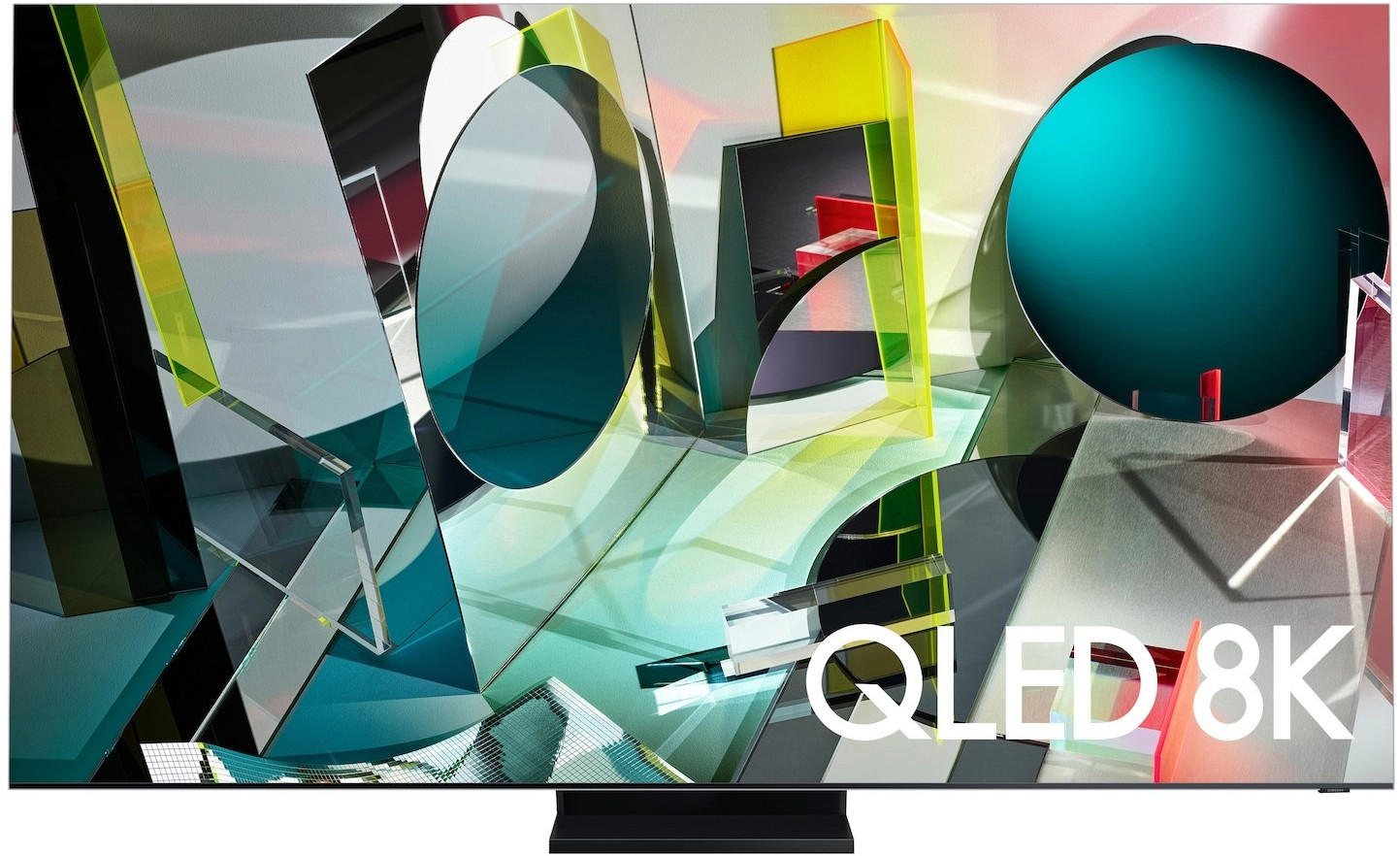
It is worth noting that connectivity and content availability for higher resolution televisions can vary. It is important to ensure that the TV has the necessary ports and supports the latest HDMI standards for future-proofing your purchase.
HDR (High Dynamic Range) support
HDR technology enhances the contrast and color accuracy on a television, resulting in more vibrant and lifelike images. One exceptional TV that provides an immersive HDR experience is the Sony X950H. With its Full Array LED backlighting and X-tended Dynamic Range PRO feature, it delivers stunning contrasts and accurate colors. Another notable option is the LG CX Series, an OLED TV that offers self-lit pixels and a wide color gamut, resulting in vibrant HDR visuals. For those on a budget, the TCL 6-Series R635 is a great choice as it features QLED technology, mini-LED backlighting, and supports Dolby Vision HDR for a brilliant and detailed picture quality. By considering TVs with HDR support like these, viewers can enjoy breathtaking visuals for an incredibly immersive viewing experience.
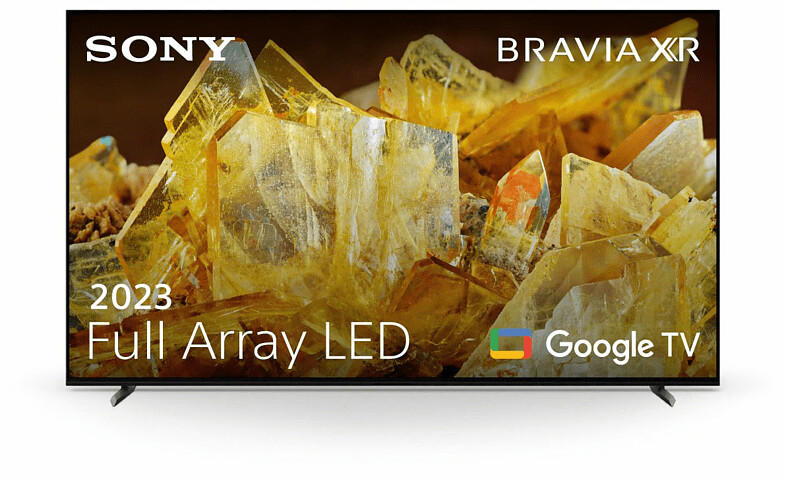
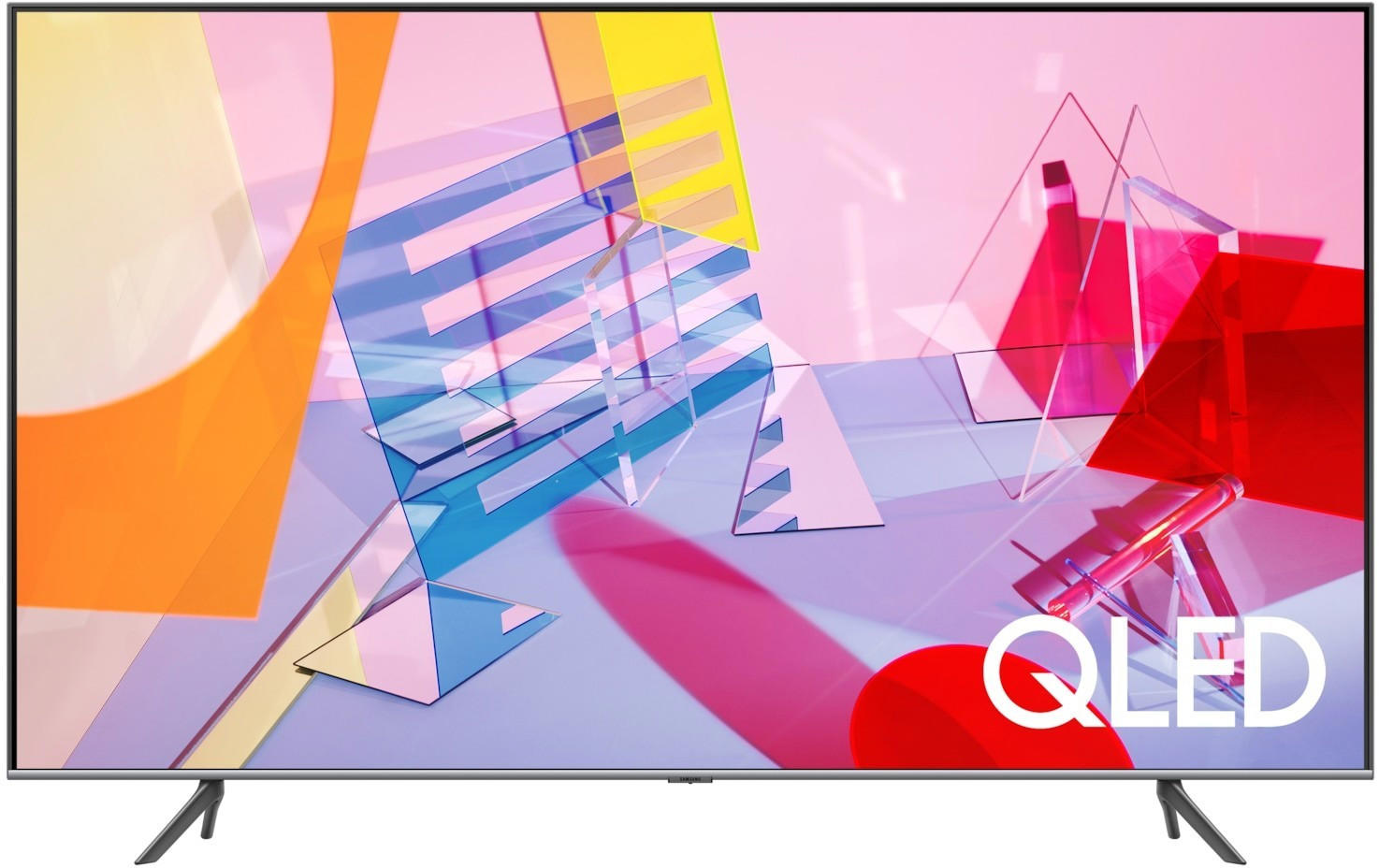
Refresh rate
The refresh rate refers to the number of times per second the TV screen updates with new images. A higher refresh rate results in smoother motion and reduces motion blur, making it ideal for those who enjoy sports or action-packed movies. Two popular options in the market that offer high refresh rates are the LG OLEDCX series and the Samsung Q80T series. These TVs feature a native refresh rate of 120Hz, delivering smooth and fluid visuals. Additionally, the Sony X950H series is another great choice with a 120Hz refresh rate using their X-Motion Clarity technology, providing excellent motion handling and clarity for a superior viewing experience.
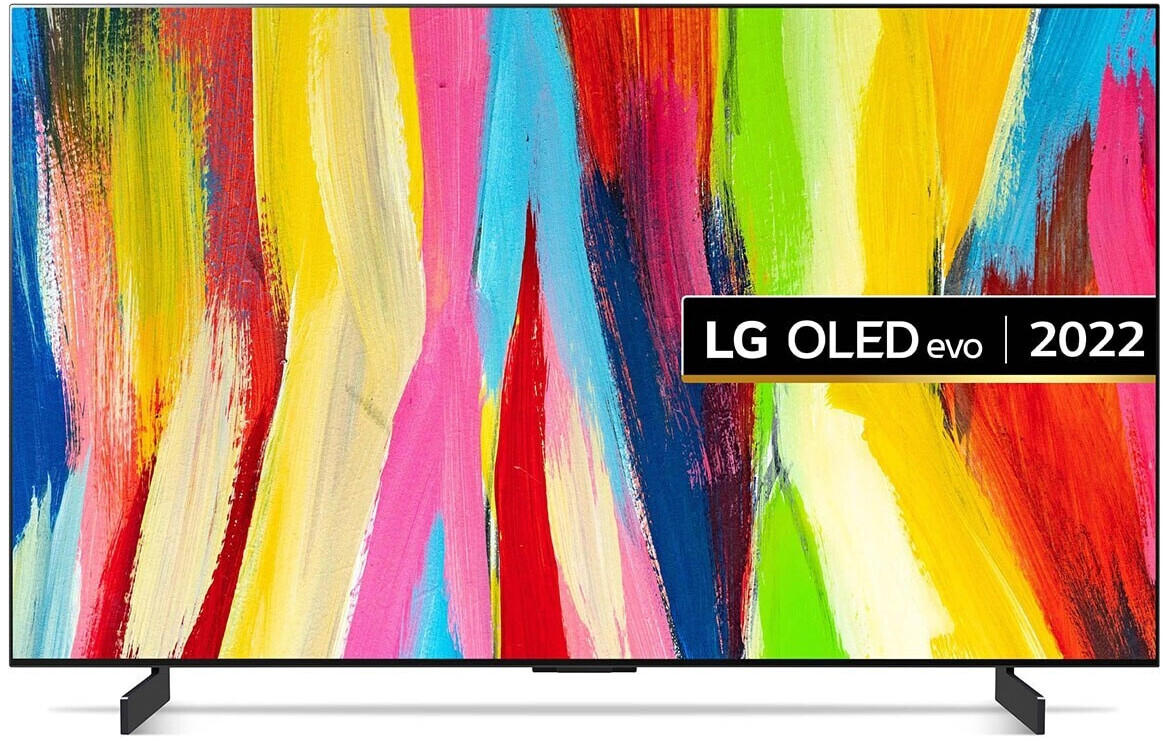


Smart TV capabilities
Smart TVs offer access to various streaming platforms, social media, and online applications. Ensure that the TV you select has built-in Wi-Fi capabilities, enabling seamless connectivity to the internet. TVs like the Samsung Q900TS QLED TV and LG CX Series OLED TV offer top-notch Smart TV capabilities. These models support popular streaming platforms such as Netflix, Hulu, and Amazon Prime Video. With their impressive 4K resolution and realistic color reproduction, the Samsung Q900TS and LG CX Series provide a breathtaking viewing experience with Smart TV functionality. Remember, the availability and versatility of apps differ across brands and models, so checking for compatibility with specific platforms you prefer is essential.



Operating system (Android TV, Tizen, webOS)
There are several operating systems available in the market, each offering unique features and user experiences. For instance, Android TV is a popular choice among tech enthusiasts as it provides access to a wide range of apps and games through the Google Play Store. TVs with Android TV, such as the Sony X950H and TCL 6-Series, allow seamless integration with other Google devices and offer voice control functionality with built-in Google Assistant.
Alternatively, Tizen is another operating system worth considering, especially if you own other Samsung devices. TVs like the Samsung Q80T and Samsung QLED Q70A feature Tizen, providing a smooth and intuitive interface while seamlessly connecting to your other Samsung devices for an integrated smart home experience. Tizen also supports popular streaming services, allowing you to enjoy your favorite content with ease.
If you prefer a more user-friendly interface, webOS might be the right choice for you. webOS, found in LG TVs like the LG OLED CX and LG NanoCell 90, offers a sleek and organized look, making it easy to navigate through apps and settings. With commendable attention to detail, webOS allows easy streaming and switching between different content sources without any hassle.


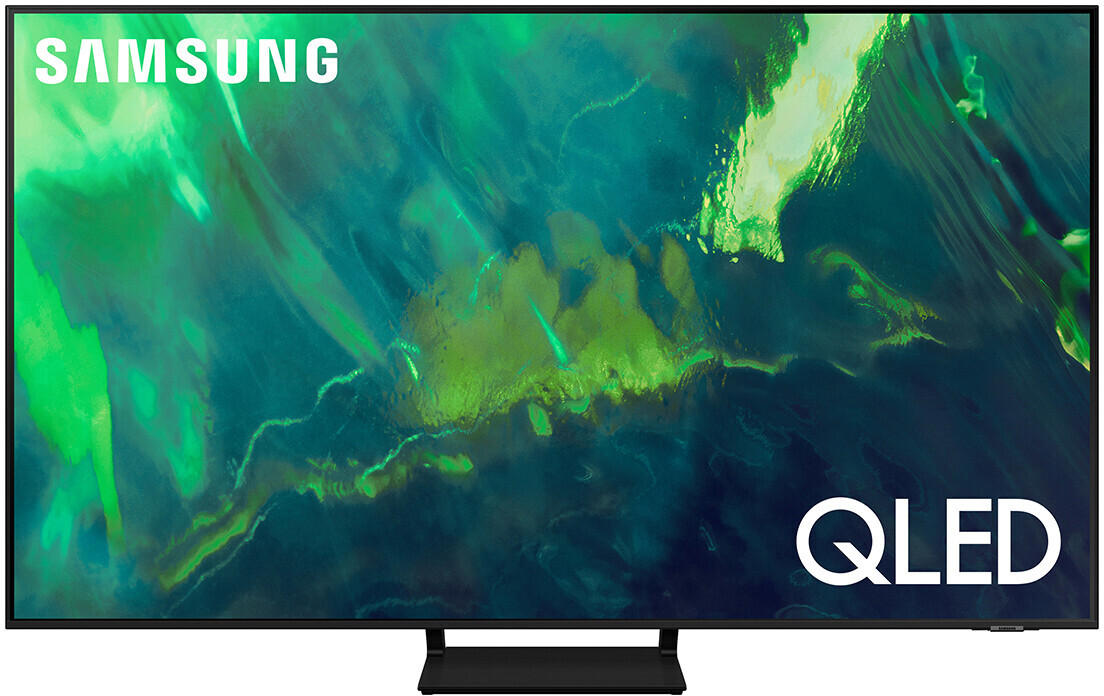
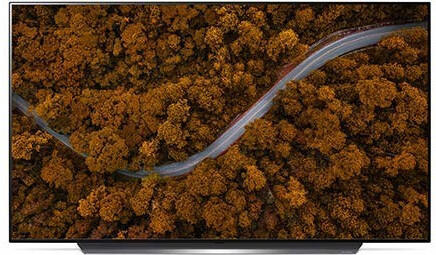
The choice of operating system largely depends on personal preferences and compatibility with existing devices. Android TV caters to those who enjoy the versatility of Google apps and integration, while Tizen and webOS are more focused on a seamless user experience and connectivity with other devices. Consider the specific features and ecosystems of each operating system before making a decision.
App availability
Streaming apps such as Netflix, Prime Video, and Hulu are now a common way to access a wide range of content. Therefore, it is essential to ensure that the TV you choose supports the apps you want to use. For example, the Sony X900H is a remarkable option as it runs on the Android TV operating system, which provides access to a vast collection of apps through the Google Play Store. This TV also features Apple AirPlay 2 and HomeKit compatibility, expanding its app availability. Another option to consider is the Samsung Q90T, which runs on Samsung's Tizen operating system and offers access to popular streaming apps such as Netflix and Disney+. Additionally, LG's CX Series is highly recommended as it comes with LG's WebOS platform, ensuring a vast selection of apps including Netflix, Amazon Video, Hulu, and more.

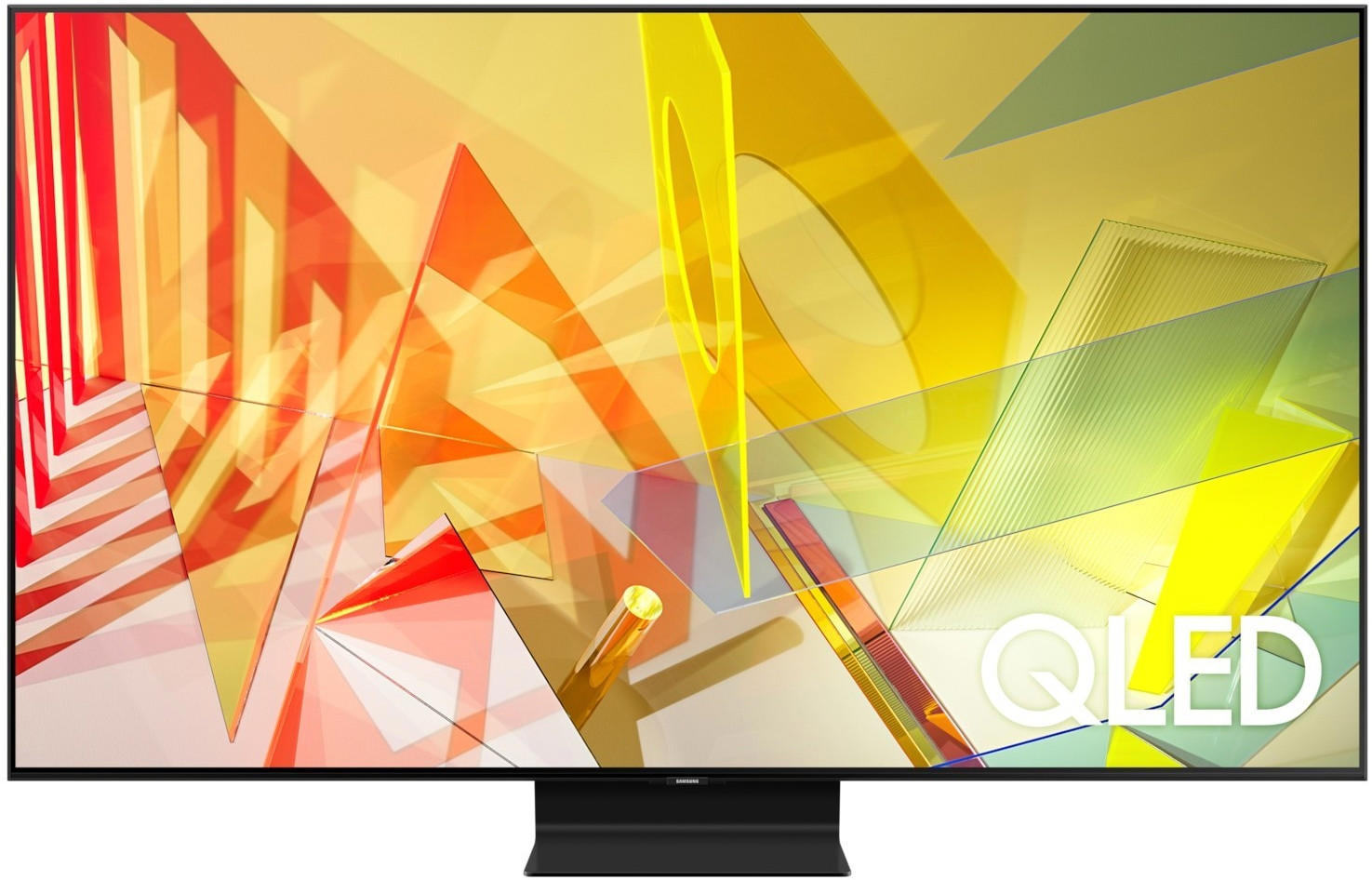
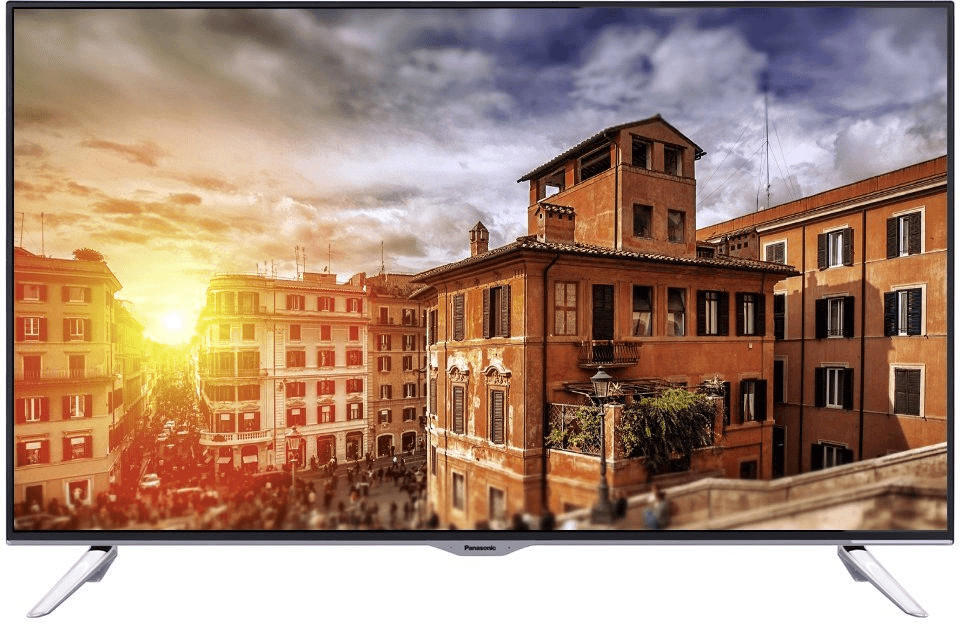
Voice control
For instance, the Samsung Q80T QLED TV offers voice control through both Alexa and Google Assistant, allowing you to easily control your TV with just your voice. Another option is the LG CX OLED TV, which also integrates with voice assistants and offers a natural language processing feature to better understand your commands. For those interested in a more budget-friendly option, the TCL 6-Series Roku TV includes a voice-enabled remote control that allows you to search for your favorite shows and control your TV using voice commands. Remember to try out the voice control features in-store or read reviews to ensure that the TV's voice recognition technology is accurate and responsive.


Built-in Wi-Fi
With this feature, you can easily connect your TV to the internet and enjoy streaming services, browse the web, or even access social media platforms. If you're looking for a premium option, the Sony X900H is worth considering. This TV offers built-in Wi-Fi connectivity along with a host of other impressive features, including a 4K HDR processor, a Triluminos display for vibrant colors, and compatibility with streaming services like Netflix and YouTube. Another excellent choice is the Samsung Q80T. This TV not only has built-in Wi-Fi but also features the innovative Tizen operating system for seamless navigation and access to a wide range of streaming platforms. Plus, with Quantum Processor 4K, you'll enjoy excellent picture quality and immersive viewing experiences.


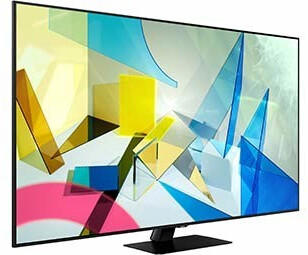
Ethernet connectivity
This feature allows you to connect your TV to the internet through a wired connection, providing a fast and stable network connection for streaming content, browsing the web, and accessing smart TV features. One example of a TV with Ethernet connectivity is the LG NanoCell 85 Series 4K Smart UHD TV. This TV supports Ethernet connection, giving you the option for a reliable network connection. Another option is the Samsung Q60T-Series 4K UHD Smart TV, which also features Ethernet connectivity, ensuring a seamless internet connection for your TV. Both of these TVs provide various screen sizes, advanced image technologies, and additional features to enhance your viewing experience.
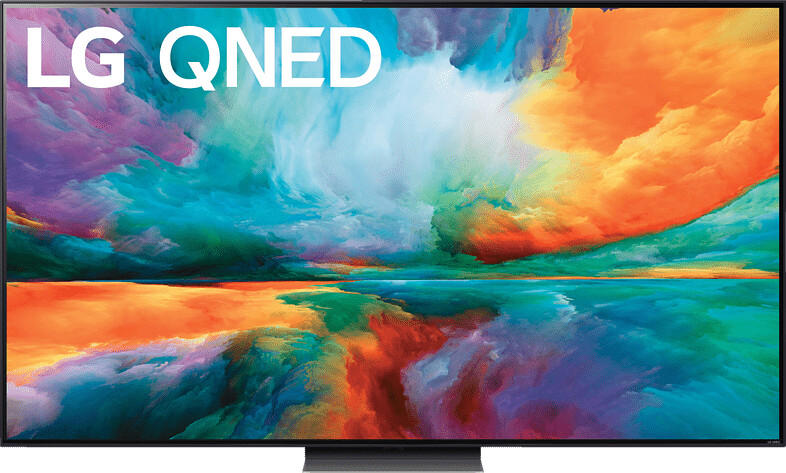
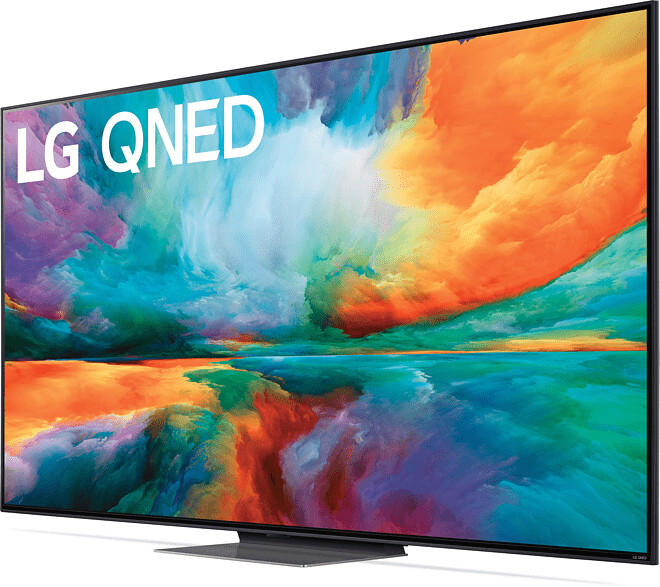
HDMI ports
HDMI ports allow you to connect external devices such as gaming consoles, Blu-ray players, and streaming devices to your TV. Having multiple HDMI ports ensures that you can easily connect all your devices without constantly switching cables.
For those who require multiple HDMI ports, Samsung Q80T is a great option. This premium QLED TV offers four HDMI ports, allowing you to connect various devices simultaneously. Another choice for those who need multiple HDMI inputs is the LG NANO90 4K UHD TV. It also offers four HDMI ports for versatile connectivity options. On the other hand, if you only need a TV with one HDMI port, the TCL 4-Series Roku TV provides a budget-friendly option without compromising on picture quality.
USB ports
USB ports on a TV can provide greater flexibility and convenience for accessing and playing various multimedia content. For example, the Samsung Q80T QLED TV comes equipped with 3 USB ports, allowing you to connect external devices such as flash drives or HDDs to easily play your favorite movies and show off your family photos on the big screen. Additionally, it supports various file formats including MKV, WMV, and AVI, ensuring compatibility with a wide range of media files. If you frequently connect multiple devices or would like to access content directly from your USB devices, you might consider TVs like the Sony X900H Android TV or LG OLED C9 Series which also offer multiple USB ports for your convenience.

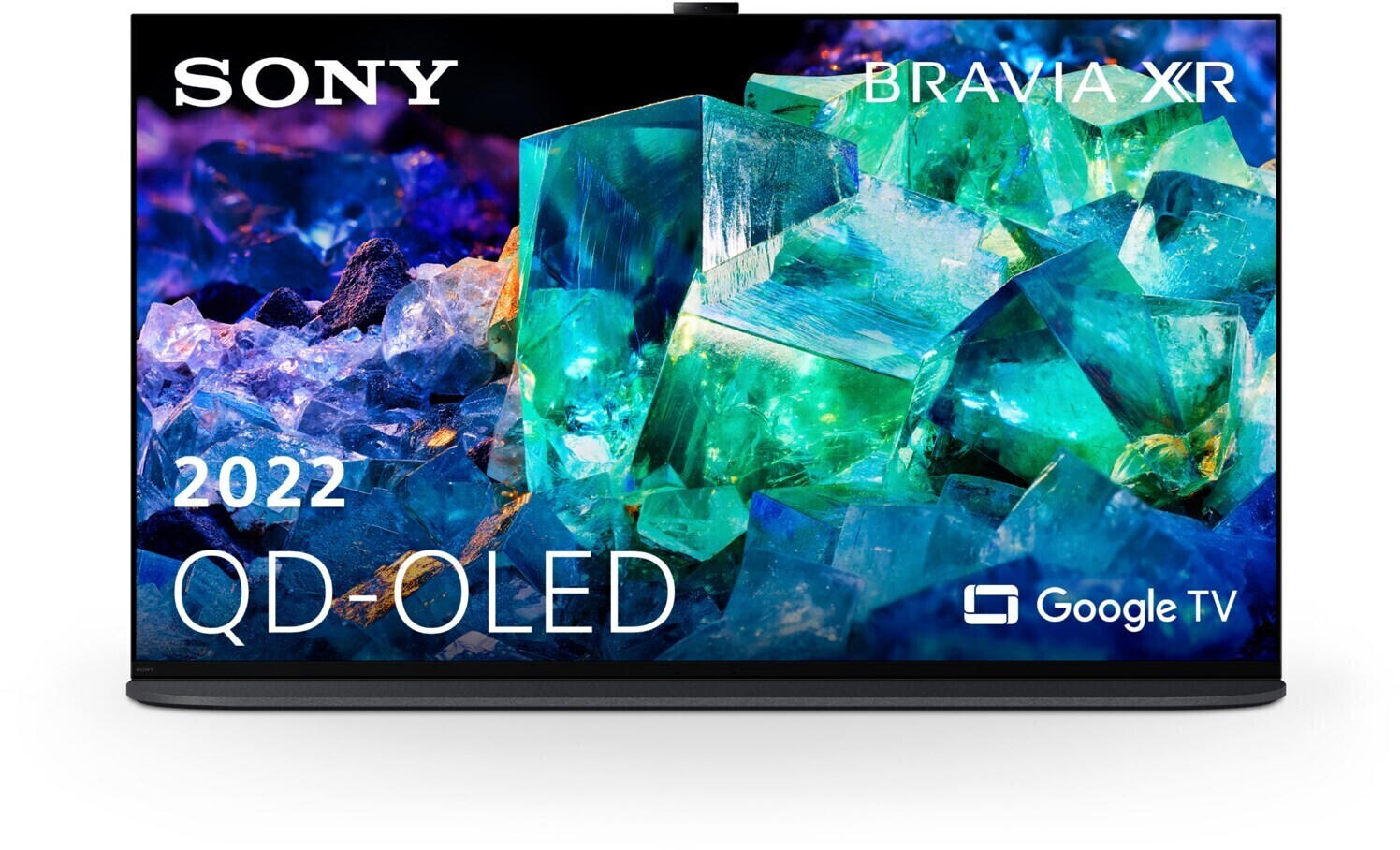
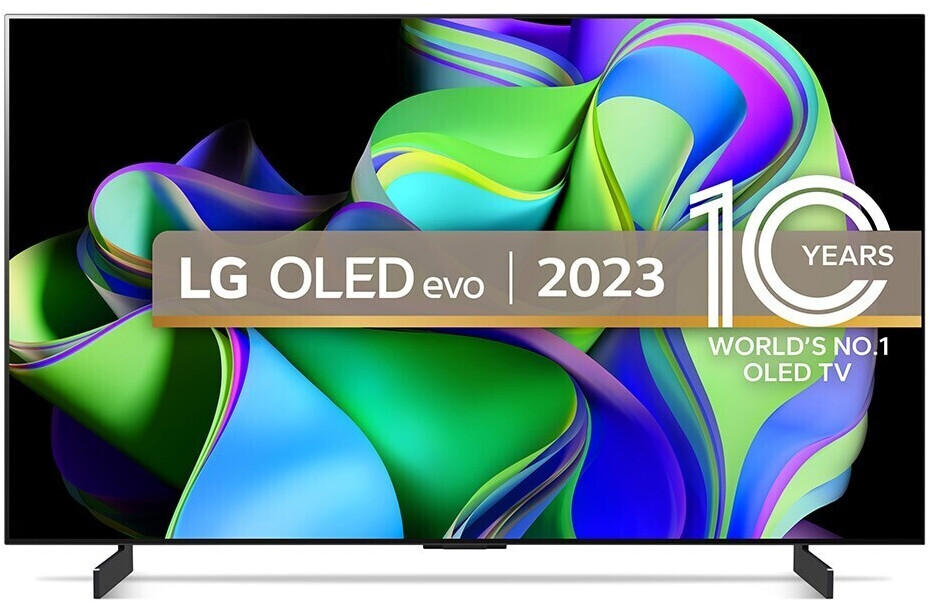
Audio output options (HDMI ARC, optical, headphone)
The HDMI ARC (Audio Return Channel) allows audio to be transmitted from the TV to a compatible soundbar or receiver through a single HDMI cable. This option ensures high-quality sound, making it a great choice for users who prioritize immersive audio experiences. Notable TVs that support HDMI ARC include the Samsung Q90R QLED TV, which boasts an HDMI ARC connectivity option, and the LG OLED C9 Series TV, known for its rich audio output through HDMI ARC.
Alternatively, optical audio output is another option worth considering for those who prefer a wired connection. It enables the TV to transmit audio to a soundbar or audio receiver using a fiber optic cable. An example of a TV that offers optical audio output is the Sony X950H TV.


For users who prefer listening to audio privately, a headphone jack is a convenient option. The TCL 6-Series Roku TV features a built-in headphone jack, allowing users to enjoy their content without disturbing others.
Audio power
Audio power refers to the maximum output that the TV's speakers can produce, usually measured in watts (W). A TV with higher audio power will deliver louder and clearer sound, making it perfect for those who enjoy immersive sound experiences.
In the market, there are TVs with different audio power options to choose from. Lower-end or budget-friendly TVs typically have audio power around 10-20W, which can provide decent sound for most casual viewers. Some examples in this segment include the Samsung UN32N5300AFXZA with 20W of audio power or the Sony KD-32W600D with 10W.
On the other hand, if you are an audio enthusiast or love watching action-packed movies, a TV with higher audio power is recommended. Mid-range TVs often offer around 20-40W of audio power, delivering better sound quality and richness. Examples of mid-range TVs include the LG 43NANO796NE with 20W of audio power or the Sony KD-55X80J with 30W.
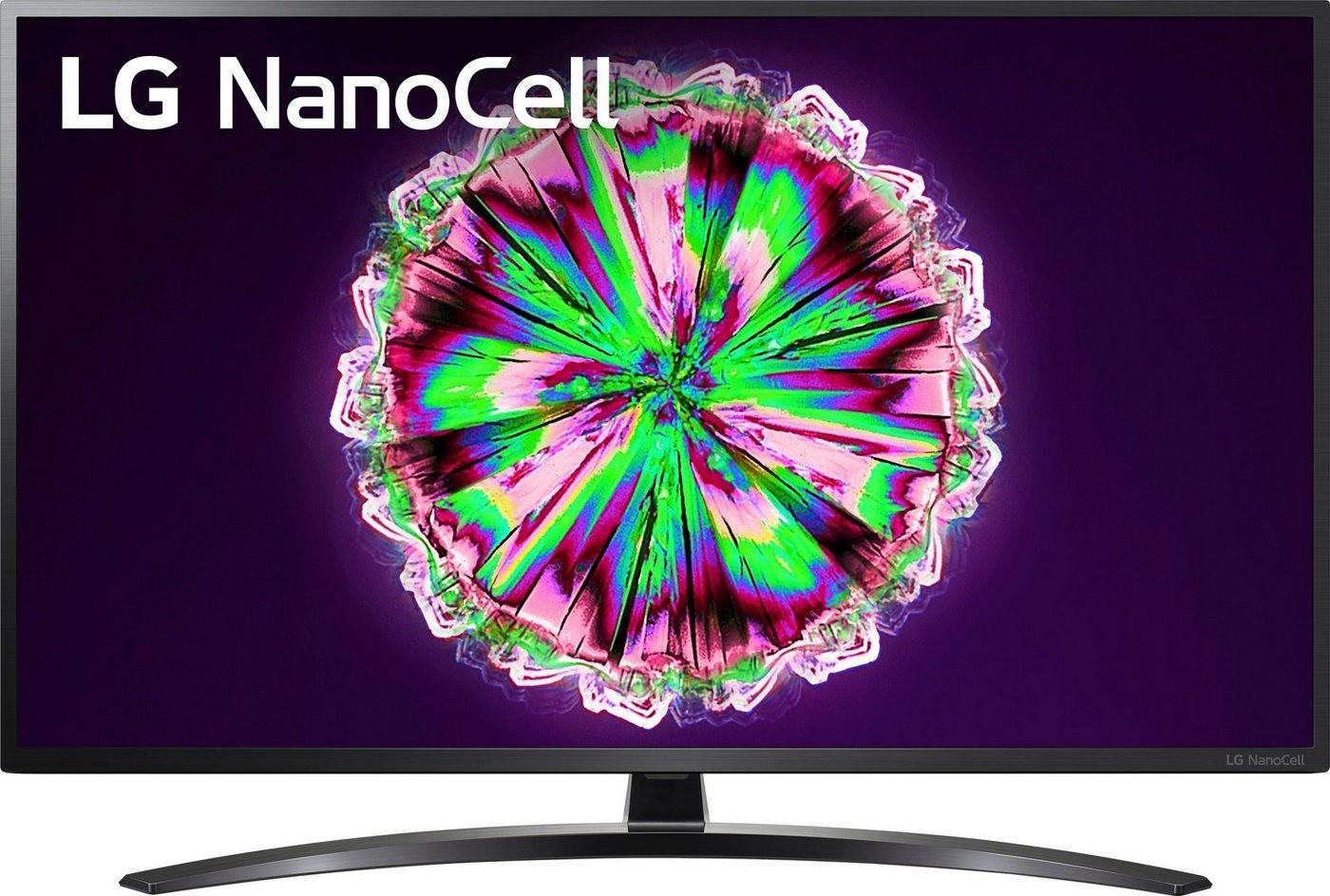
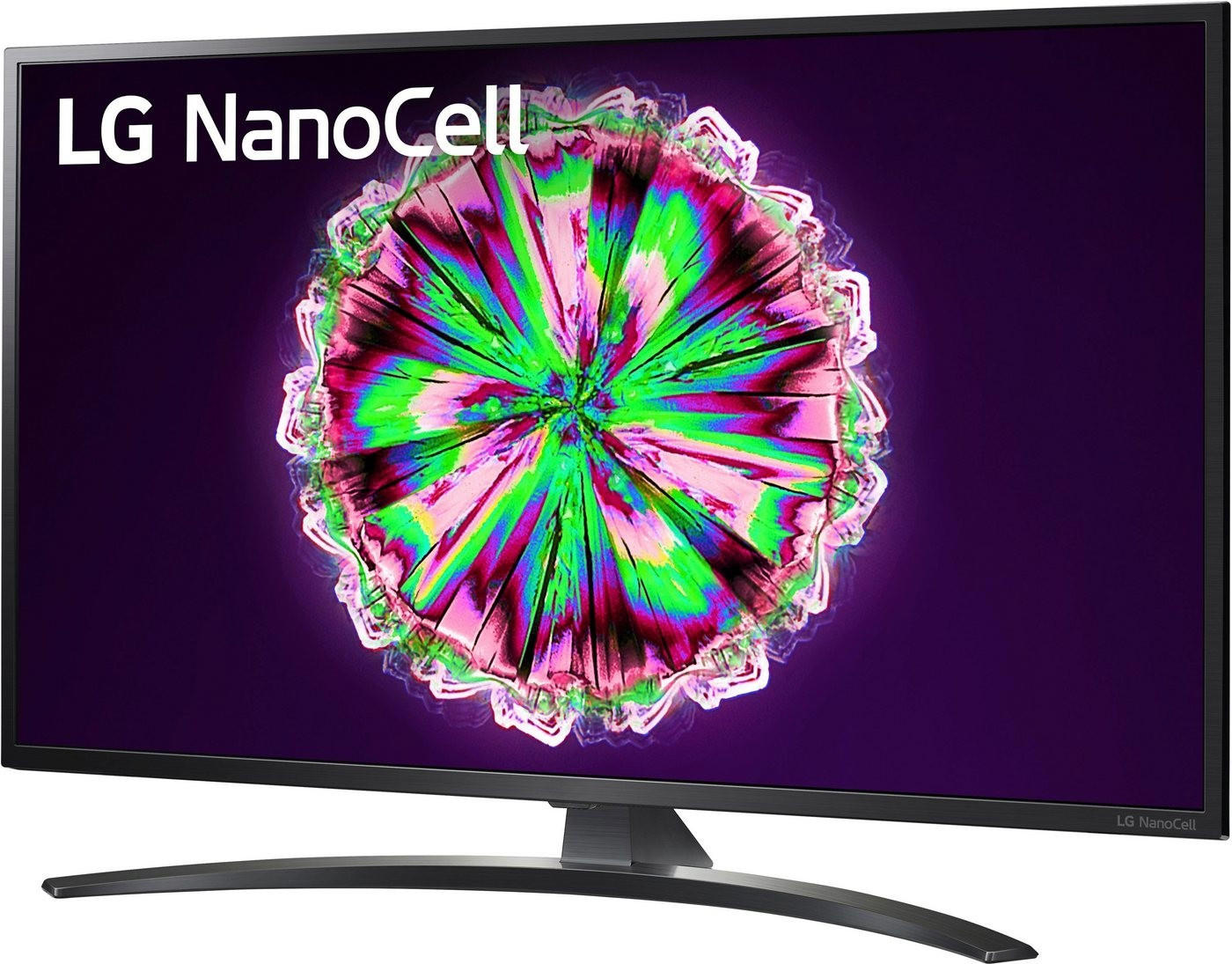
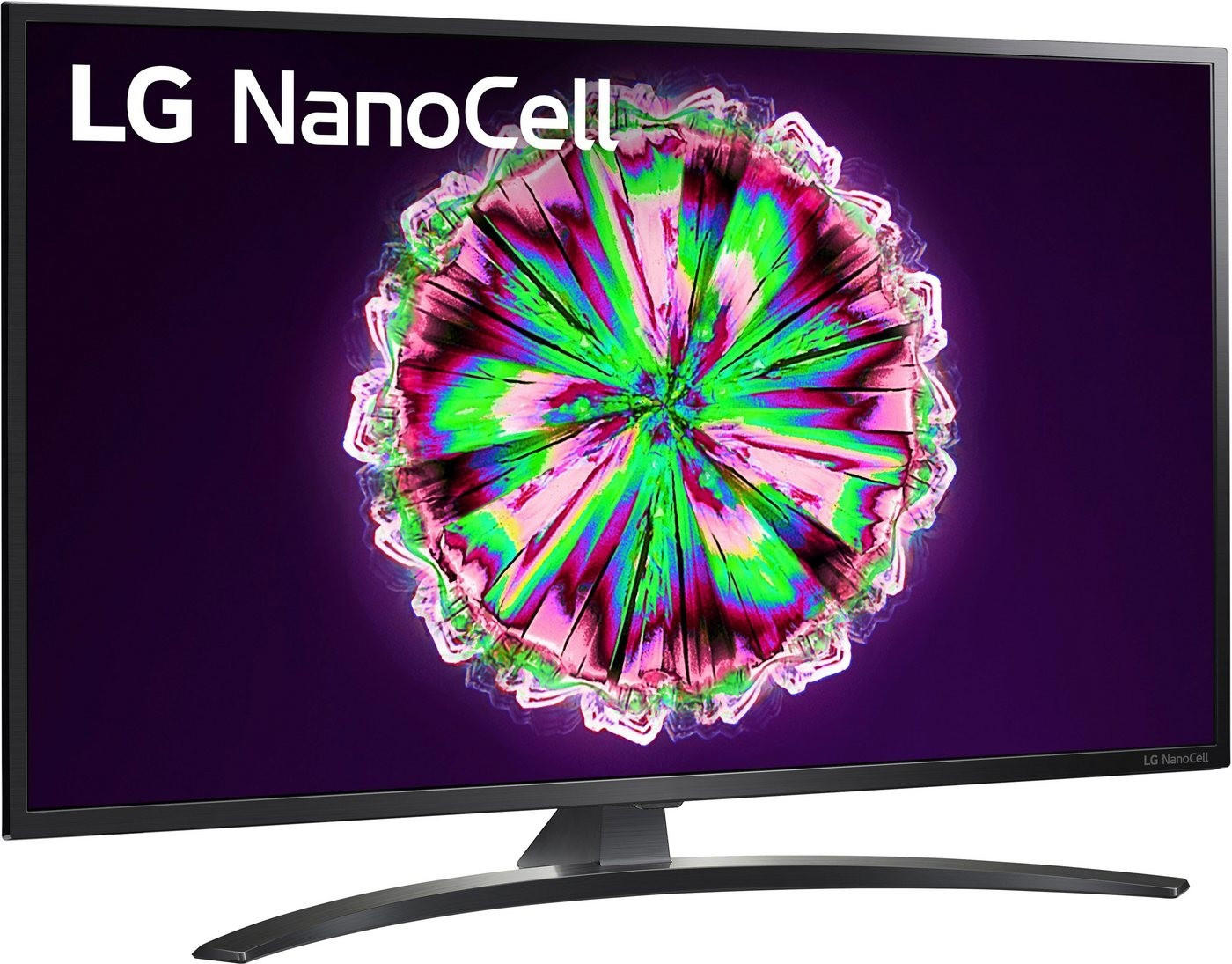
For those seeking top-of-the-line audio performance, high-end TVs typically have audio power exceeding 40W, offering cinema-like sound experiences. These TVs are perfect for home theater setups. Some examples of high-end TVs include the Samsung QN900A with 70W of audio power or the LG OLED55CXPUA with 40W. Keep in mind that these high-end TVs often include additional audio technologies such as Dolby Atmos support or built-in soundbars for a truly immersive audio experience.


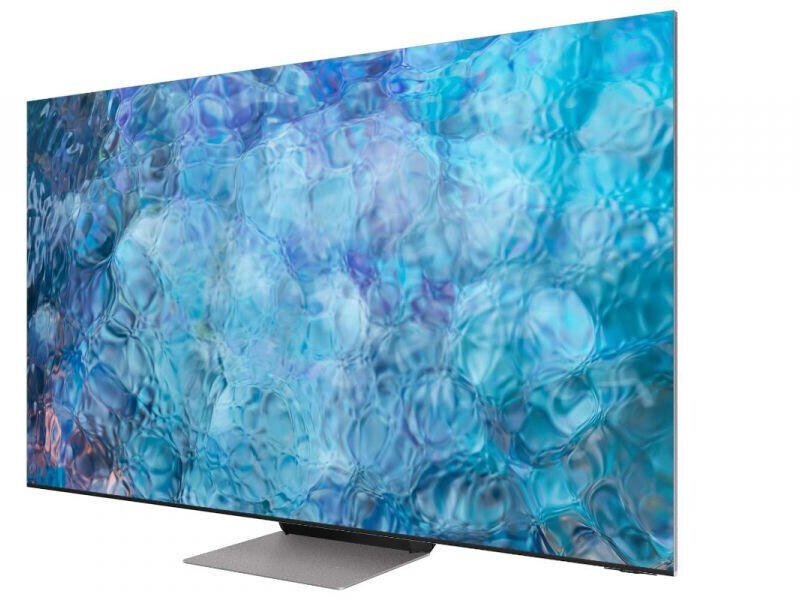
Speaker configuration (2.0, 2.1, 5.1)
The speaker configuration impacts the audio quality and immersive experience while watching movies, playing games, or listening to music. Common speaker configurations include 2.0, 2.1, and 5.1.
In a 2.0 speaker configuration, there are two speakers, one on the left and one on the right. This setup is ideal for those seeking basic sound output without much emphasis on surround sound. A good example of a TV with a 2.0 speaker configuration is the Samsung Q60T Smart TV. It features two built-in speakers that deliver clear and balanced sound across the entire spectrum.
A 2.1 speaker configuration adds a subwoofer to the 2.0 setup, providing enhanced bass for a richer audio experience. It is perfect for those who desire more immersive sound while watching movies or playing games. An excellent TV option with a 2.1 speaker configuration is the LG NanoCell 85 Series. It includes two speakers and a wireless subwoofer that delivers deep, powerful bass.
For the ultimate surround sound experience, a 5.1 speaker configuration is the way to go. This setup consists of five speakers and a subwoofer. It creates an immersive audio environment, where sound can be mapped and localized to different areas, providing a truly cinematic experience. One of the top choices for a 5.1 speaker configuration TV is the Sony A90J OLED. It features a central speaker, two surround speakers, two front speakers, and a subwoofer, delivering exceptional, multi-dimensional sound.
Dolby Atmos support
Dolby Atmos enhances the audio experience by providing a 3D immersive sound. It creates a multidimensional soundstage, allowing the viewer to feel like they are a part of the action. To enjoy this technology, it is essential to opt for a TV that is Dolby Atmos compatible. Some notable examples of TVs with Dolby Atmos support include LG OLED77C1PUB 77-inch 4K Smart OLED TV and Sony XBR-65A8H 65-inch BRAVIA OLED 4K Ultra HD Smart TV. These TVs offer clear and dynamic audio, delivering an incredibly immersive entertainment experience.
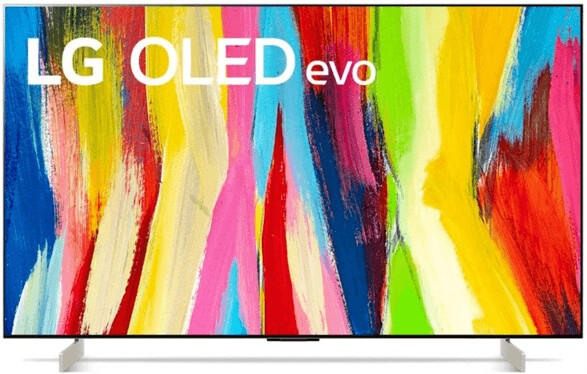
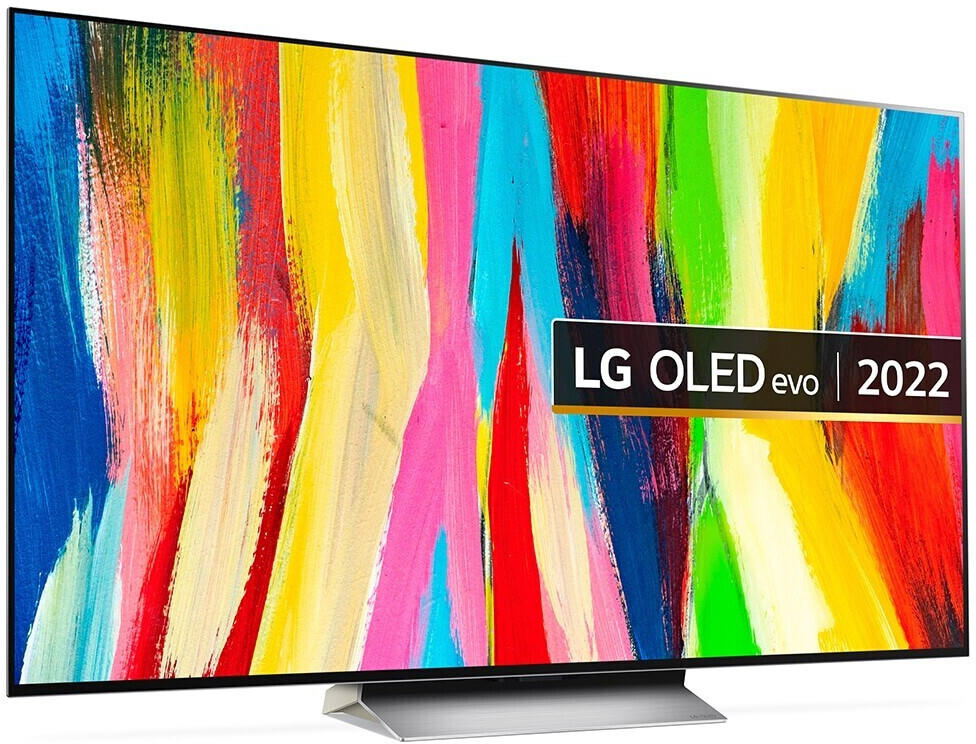

Gaming features (low input lag, variable refresh rate)
One important feature is low input lag, which refers to the time it takes for the TV to respond to a controller input. The lower the input lag, the more responsive the gaming experience. Some TVs with low input lag for gaming include the LG CX OLED (with input lag as low as 1ms) and the Samsung Q80T QLED (with input lag as low 7.6ms).
Additionally, variable refresh rate (VRR) is another crucial gaming feature. VRR allows the TV to sync its refresh rate to the output of the gaming console, resulting in smoother gameplay with reduced stuttering and tearing. TVs with VRR technology include the Samsung Q90T QLED (which supports both FreeSync and G-Sync) and the Sony X900H (which supports HDMI 2.1 and VRR). These TVs not only offer stunning picture quality but also prioritize gaming needs with their low input lag and variable refresh rate capabilities.

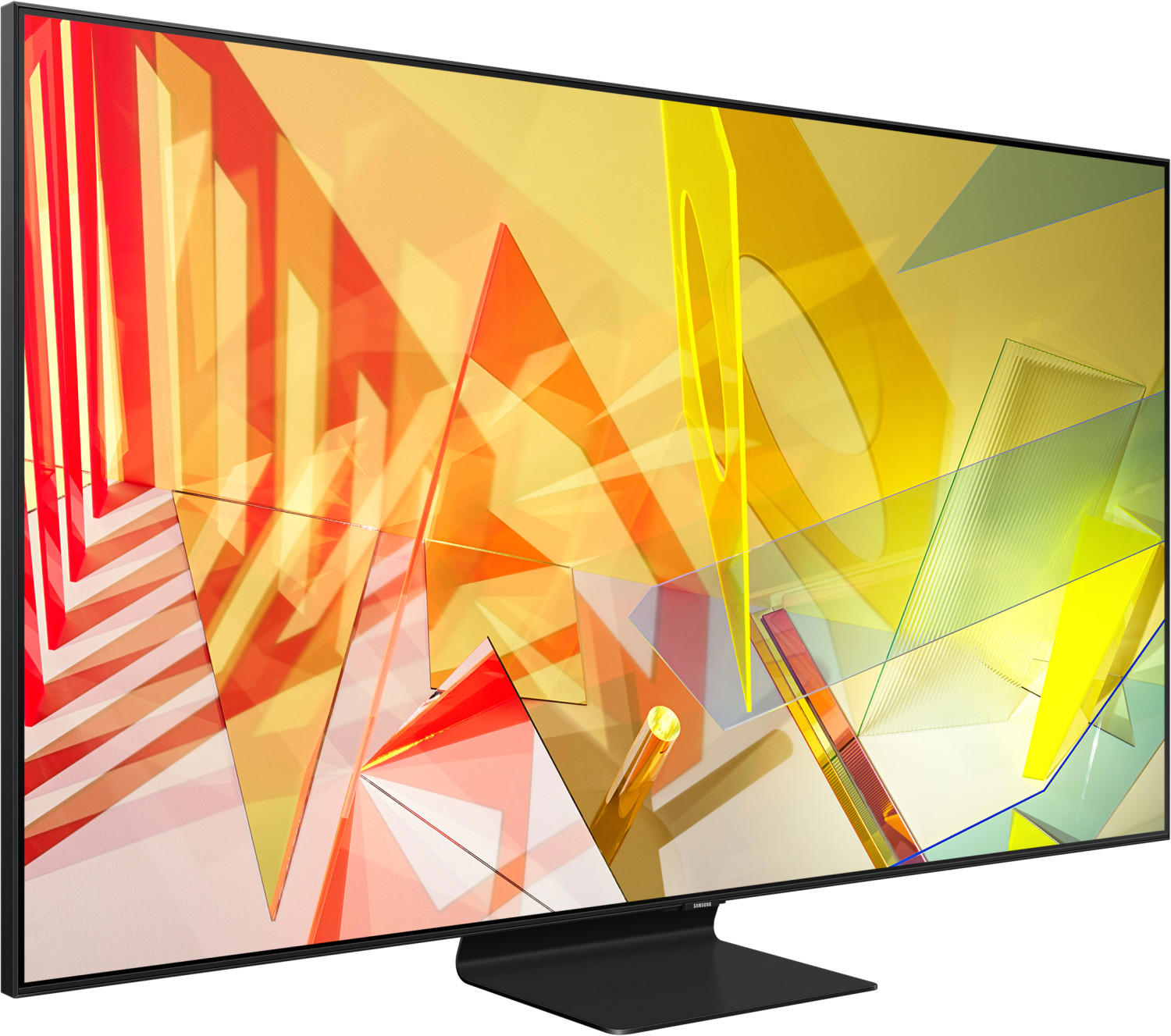

Motion interpolation
Motion interpolation refers to the TV's ability to smooth out fast-moving images, eliminating motion blur and improving overall picture quality. It is particularly crucial for action-packed scenes, sports events, and gaming. A good TV with motion interpolation will make the on-screen action look more realistic and immersive.
If motion interpolation is a priority for you, it is worth considering TVs that specifically excel in this area. One example is the Samsung Q90R. This QLED TV utilizes an advanced motion interpolation technology known as "Motion Rate 240" to reduce motion blur and enhance picture clarity. Another option is the LG CX, an OLED TV that offers excellent motion handling with its self-lit pixels and the ability to display perfect black frames between fast-moving scenes, resulting in incredibly smooth motion sequences. Additionally, the Sony X950H is a notable choice, featuring the brand's "X-Motion Clarity" technology, which combines a 120Hz refresh rate with backlight scanning to minimize motion blur and ensure crisp motion rendering. Remember, when prioritizing motion interpolation, these options provide exceptional performance in bringing fast-paced content to life.

Viewing angles
The viewing angle refers to how far off to the side you can sit and still receive a good picture quality without any distortion. This is particularly important if you have a wide seating arrangement or plan on hosting gatherings where everyone may not be sitting directly in front of the TV.
If you are looking for excellent viewing angles, OLED TVs are a great option. These TVs utilize organic light-emitting diodes, which allow for individual pixels to be turned on or off independently, resulting in deep blacks and vibrant colors even at extreme angles. The LG OLED CX is a highly recommended choice in this category, as it offers excellent viewing angles with a wide 178-degree range. Another option is the Sony A9G OLED, which also boasts impressive off-angle viewing capabilities.

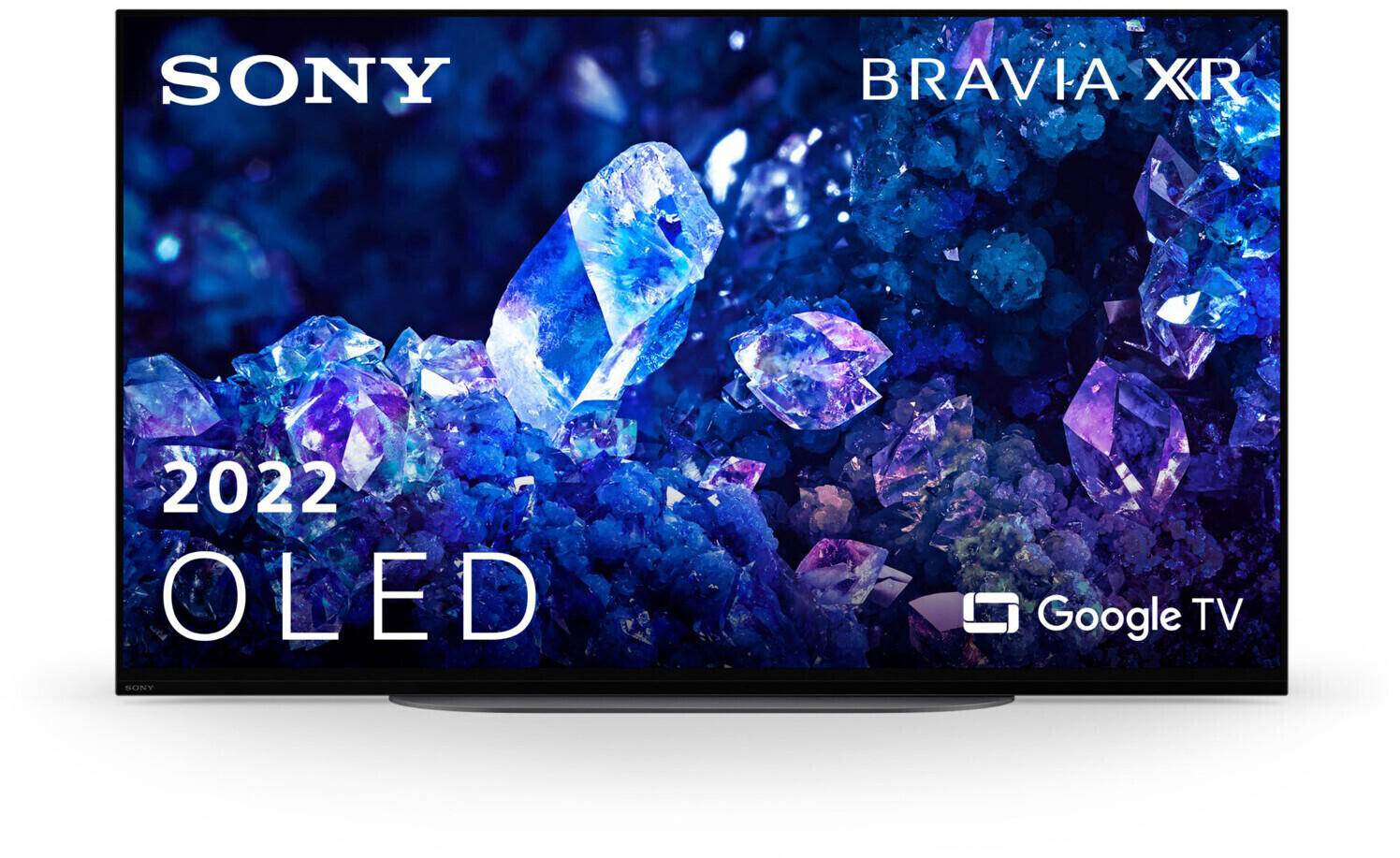
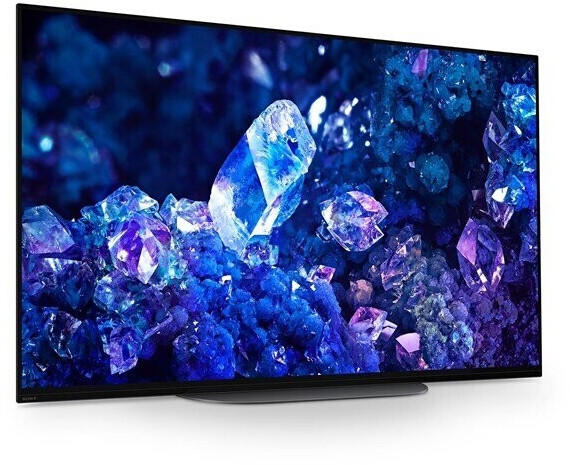
On the other hand, if you are on a budget and do not require extensive off-angle viewing, LED TVs are a more affordable option. The Samsung Q80T QLED is a stellar choice, offering a good viewing angle of up to 178 degrees due to its innovative Quantum Dot technology. Additionally, the Sony X950H LED is a reliable option with an effective wide-angle filter that minimizes glare and still maintains decent off-axis performance.

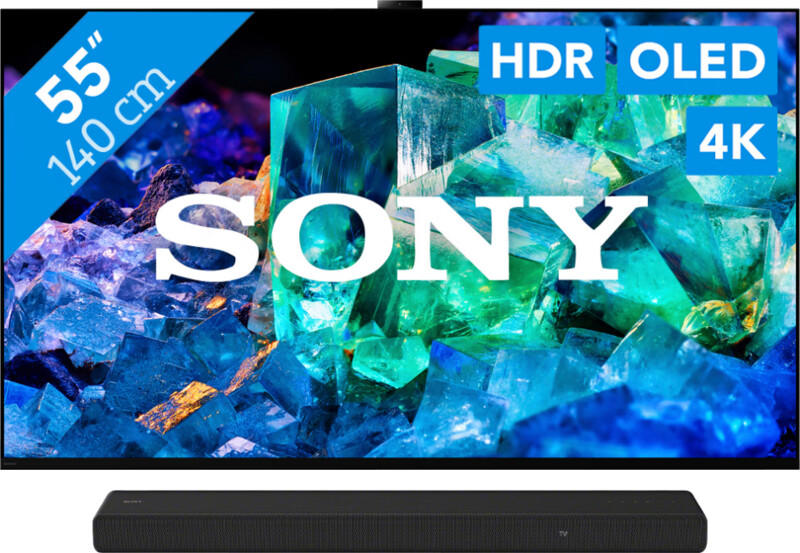

Contrast ratio
The contrast ratio refers to the difference between the brightest and darkest parts of the image displayed on the screen. A higher contrast ratio results in more dynamic and lifelike picture quality. For example, the LG OLED CX Series is a top choice that boasts an exceptional contrast ratio of 1,000,000:1 using self-illuminating pixels, resulting in deep blacks and vibrant colors. On the other hand, the Samsung Q80T QLED TV offers a contrast ratio of 5,000,000:1, thanks to its Full Array Local Dimming technology, providing excellent dark room performance and bright highlights. It is important to note that both OLED and QLED technologies offer excellent contrast ratio, and depending on personal preference and room conditions, either one could be the best choice.




Brightness
The brightness level of a TV determines how well it will perform in different lighting conditions. TV models with higher brightness values can produce clearer images in brightly lit rooms, while still retaining vibrant colors and contrast. A good example of a high-brightness TV is the Samsung Q90R QLED TV, which boasts a whopping 2000 nits of peak brightness, allowing it to deliver stunning visuals even in well-lit environments. Another excellent option is the Sony X950G LED TV, which offers a brightness level of 1500 nits, resulting in vibrant and lifelike pictures. These TVs are ideal for those who want to enjoy their favorite content without compromising visual quality, regardless of the lighting conditions in the room.


Color accuracy
A TV with excellent color accuracy will reproduce colors as accurately as possible, creating a more immersive viewing experience. One product that showcases exceptional color accuracy is the LG OLEDCXPUA TV, which utilizes self-lit pixels to display deep blacks and vibrant colors. The LG OLEDCXPUA boasts a color gamut covering 100% of the DCI-P3 color space, ensuring vivid and true-to-life colors. Another great option is the Sony X950H, known for its impressive color accuracy and wide color spectrum. Equipped with Sony's Triluminos Display technology, the Sony X950H delivers a wider range of colors and enhances even the most subtle tones, resulting in incredibly realistic images. For budget-conscious buyers, the TCL 6 Series offers impressive color accuracy. With its Mini-LED technology and Quantum Dot enhancement, the TCL 6 Series produces vivid, rich colors that rival more expensive models.

Energy efficiency
Look for TVs that are ENERGY STAR certified, as they meet strict energy efficiency standards set by the U.S. Environmental Protection Agency. For example, the Samsung QLED Q80T Series is an ENERGY STAR certified TV that offers exceptional energy efficiency, with an annual energy consumption of just 55 kWh. Another top pick is the LG OLED CX Series, which is also ENERGY STAR certified and consumes a mere 84.5 kWh of energy per year. By opting for energy-efficient TVs like these, you can enjoy your favorite shows with a peace of mind, knowing that you're contributing to a greener environment while saving on bills.




Wall-mount compatibility
Many people prefer to mount their TVs on the wall to create a sleek and space-saving setup. Before purchasing a TV, it is important to check if it is wall-mount compatible and what type of wall-mount it supports.
Some notable TV models that are wall-mount compatible include the Samsung Q90T QLED TV and the LG CX OLED TV. These high-end models offer VESA mount support, which is a standard for wall-mounting TVs. Additionally, they have a slim design and come with a variety of wall-mount options, such as a compatible tilting or full-motion mount. Whether you have a small or large room, these TVs provide the flexibility to mount them at the perfect height and angle for optimal viewing.



Other TV models, such as the TCL 6-Series Roku TV and the Sony X800H LED TV, also offer wall-mount compatibility. These models can be easily mounted on the wall using a VESA-compatible wall-mount. With their affordable pricing and various sizes available, they are suitable options for those looking for a great basic TV that can be mounted to save space.


Stand design
The stand not only supports the TV but also determines its stability and its ability to swivel or tilt for optimal viewing angles. For those looking for a sleek and modern stand design, the Samsung Q90T is a great choice. Its slim, metallic stand offers stability and elegantly complements the TV's overall aesthetics. On the other hand, if you prefer a more flexible stand design, the LG CX Series is an option worth considering. Its stand allows for tilting and pivoting, allowing you to customize the viewing angles according to your preference. Overall, a well-designed stand can enhance the visual appeal and functionality of your TV.




Remote control design
A well-designed remote control can greatly enhance the user experience. Look for a remote control that has an ergonomic design, comfortable to hold, and has easy-to-use buttons that are logically organized. Some TVs even come with voice control capabilities, allowing users to navigate through menus and control the TV using voice commands. One example of a TV with a user-friendly remote control design is the Sony X900H. It features a sleek design with backlit buttons that are conveniently placed, offering easy access to various functions. Another notable example is the Samsung Q80T, which comes with a slim remote control that offers a comfortable grip and incorporates a dedicated voice command button for accessing the TV's smart features.



Cable management
Managing all the cables connected to your TV can help keep your setup neat and organized. Many TVs on the market come with built-in cable management solutions that allow you to keep your cables hidden and out of sight. For example, the Samsung Q80T QLED TV offers a 'Clean Cable Solution' which helps keep all the cables hidden and neatly organized. This TV comes with a dedicated channel on the back that directs all the cables into a single place, keeping them invisible from the front. Similarly, the Sony X950H TV also has built-in cable management features with its 'Hidden Cable Routing' solution, allowing you to route the cables through a hidden panel at the back of the TV, providing a clean and clutter-free look. Other TVs with cable management options on the market include the LG CX OLED TV, the TCL 6-Series Roku TV, and the Vizio P-Series Quantum X.

Bezel design
Bezel refers to the frame surrounding the screen, and a smaller bezel offers a more immersive viewing experience as the screen takes up a larger portion of the overall size. One example of a TV with a slim bezel design is the Samsung Q70T QLED TV. It features an ultra-thin bezel that creates a sleek and modern look while maximizing the screen-to-body ratio. Similarly, the LG CX OLED TV showcases a nearly bezel-less design, allowing for a more expansive viewing area. Both these TVs provide an enhanced visual experience, which is ideal for those looking for a more immersive and minimalistic design.
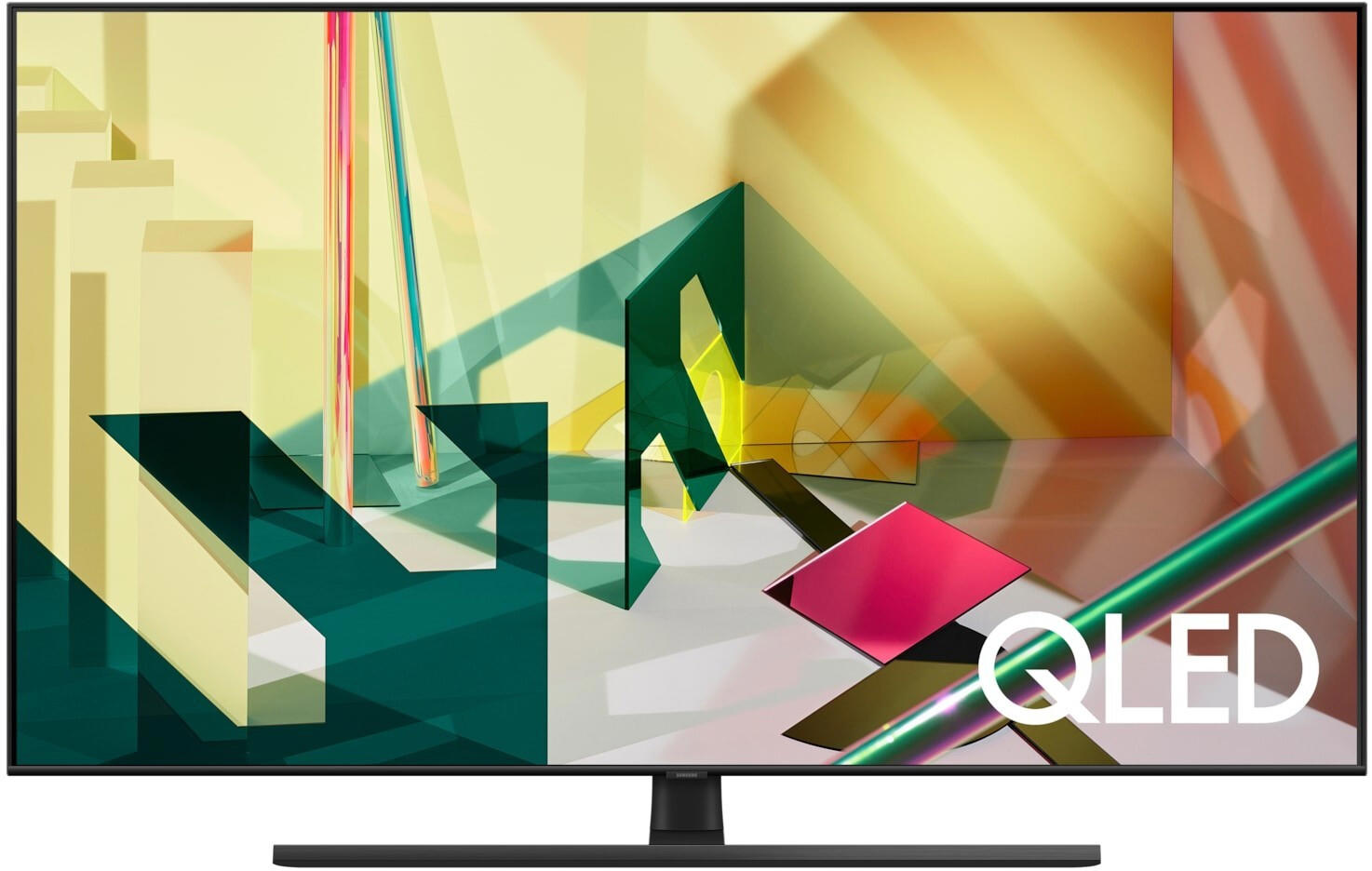
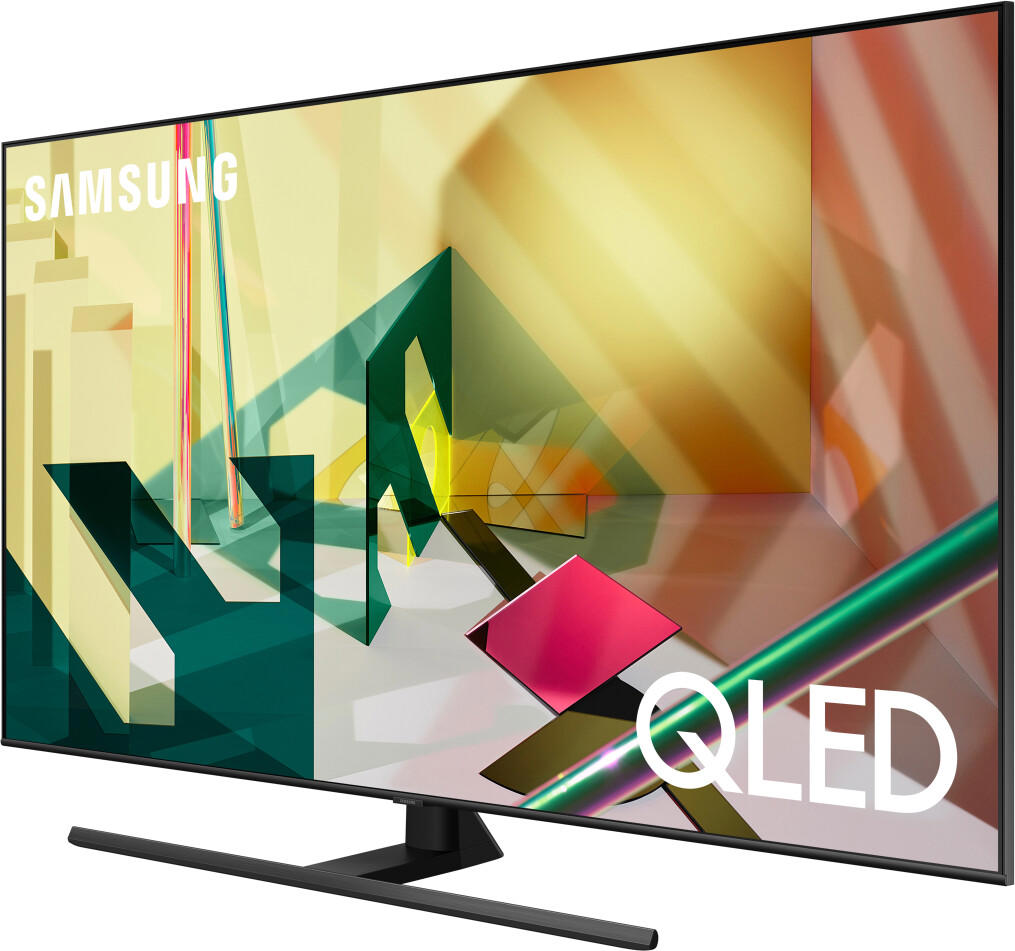

Weight
A lighter TV is often more easily portable and can be mounted on different types of stands or brackets without the need for extra reinforcement. For those who frequently move their TV from room to room or plan on wall-mounting it, a lightweight option is key. One TV that offers a lightweight design without compromising on performance is the Samsung Q70T. Weighing just 31.3 pounds, this sleek LED TV offers 4K UHD resolution and a wide color range. Another option to consider is the LG CX, weighing 41.9 pounds and featuring OLED technology for exceptional picture quality and a slim profile. For those looking for a more budget-friendly option, the TCL 4-Series comes in at just 9.9 pounds and offers 4K Ultra HD resolution, making it a great choice for small spaces or as a secondary TV.
Dimensions
The size of the TV should be in line with the room size and seating distance to ensure optimal viewing experience. For example, for smaller spaces like bedrooms or kitchens, a compact TV like the Samsung 32-Inch Class N5300 Smart Full HD TV with its 32-inch display would be a suitable choice. Similarly, for medium-sized living rooms, a TV with a bit larger screen size like the LG 50-Inch Class UN7300 Series 4K UHD Smart TV offers a perfect balance of immersive viewing and appropriate size. On the other hand, for larger rooms where the seating distance is comparatively greater, a big-screen TV such as the Sony 75-Inch X900H Series 4K UHD Smart TV would provide a more cinematic experience. Remember, it is essential to consider the dimensions and choose a TV that fits well within your available space.
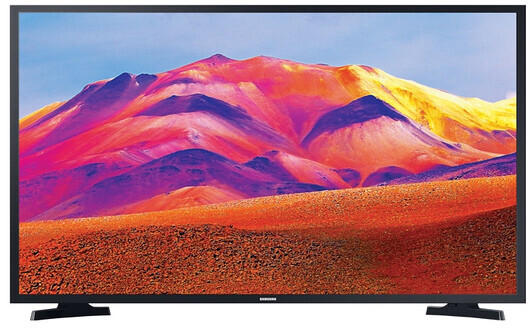
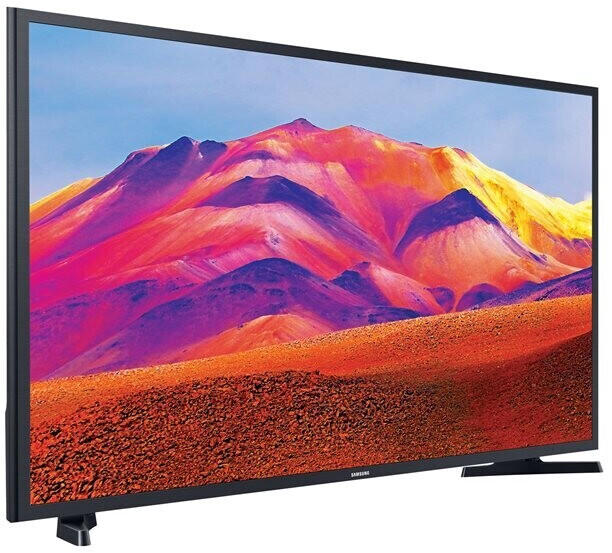


Price
There are various options available in the market that cater to different price ranges, ensuring there is something for everyone. In the lower price range, brands like TCL 40S325 and VIZIO V-Series 40" Class offer excellent value for money. These TVs come with Full HD resolution, providing crisp and clear visuals for any content. Moving up to the mid-range category, Sony X800H 55" 4K Ultra HD TV offers exceptional picture quality with its 4K HDR resolution and Triluminos Display technology, displaying a wide range of colors and stunning details. For those who seek premium TVs, LG OLED65CXPUA and Samsung Q900TS QLED take the viewing experience to the next level with OLED and QLED technology respectively. These TVs boast 4K resolution, vibrant colors, and deep blacks, providing a truly immersive cinematic experience.
Variety of brands
Each brand has its own strengths and weaknesses, giving consumers a wide range of options to choose from. Sony is known for its high-quality picture and sound features, with popular products such as the Sony Bravia OLED A9G and Sony X950G leading the pack. Samsung offers TVs with vibrant colors and sleek designs, such as the Samsung QLED Q90R and Samsung RU7100. LG is a top choice for those seeking advanced features like OLED technology, as seen in the LG C9 OLED and LG B9 OLED models. These brands have built a reputation for their reliability and innovation in the TV industry. It's essential to go through the specifications of each model and identify the features that align with your preferences before making a decision.
